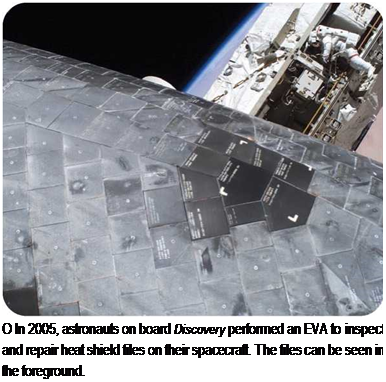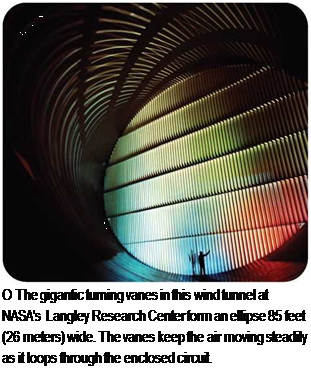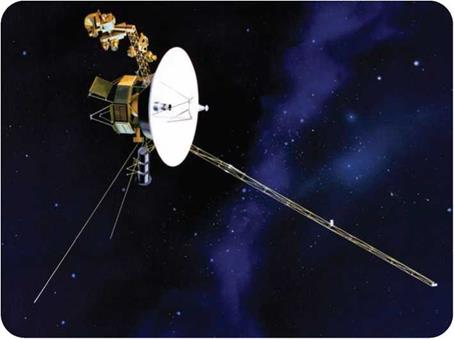In World War I, the main role of the warplane was tactical. Generals wanted airplanes to shoot at troops on the ground, help artillery guns locate targets, and provide intelligence about enemy movements. Strategists soon realized, however, that airplanes could have a greater effect on a battle, by attacking enemy transportation routes, for example. Aircraft also could disrupt industry by bombing factories and cities far behind the frontline.
Most warplanes in World War I were land planes, flying from grass airfields. There also were seaplanes able to land on water, and naval aviation progressed rapidly. Ships were hurriedly adapted to carry seaplanes, and spotter planes were used in naval battles. Deck landing trials in 1917 led to the first aircraft carriers.
N
SEE ALSO:
• Aircraft, Military • Aircraft
Carrier • Airship • Bomber
• Fighter Plane • Mitchell, Billy
4__________________________ )
WORLD WAR I AVIATION ADVANCES
The war taught aviators many lessons: about fighter tactics, bombing, and the different roles that aircraft could perform in war. World War I saw rapid progress in airplane design. When the war began in 1914, planes were made of wood and fabric, carried no guns or bombs, and flew slowly, at low heights.
By the end of the war in 1918, most planes were still biplanes, but they were much improved. By 1918, planes could fly as high as 24,000 feet (7,300 meters). Pilots carried radios to talk to the ground. Trainee pilots learned to fly on dual-control trainers. Interrupter gear had transformed the experience of air-to-air combat. Fast, single-seat fighters flew at about 120 miles per hour (190 kilometers per hour) and fired two machine guns.
Fighter planes were the aircraft with the most impact in World War I. There also were specialized airplanes, including ground-attack strike planes and naval airplanes able to land on ships or water. The development of large, multi-engine bombers was a significant step toward future warfare.
By the war’s end, all the warring nations had air forces of some form. These air forces that evolved during World War I would play a much larger role in the future.











 just seconds after takeoff from Kennedy Space Center and on February 1, 2003, Columbia was destroyed 16 minutes before it was due to land back on Earth at Kennedy Space Center. On its twenty-eighth mission (STS-107), Columbia disintegrated at a height of about 40 miles (64 kilometers).
just seconds after takeoff from Kennedy Space Center and on February 1, 2003, Columbia was destroyed 16 minutes before it was due to land back on Earth at Kennedy Space Center. On its twenty-eighth mission (STS-107), Columbia disintegrated at a height of about 40 miles (64 kilometers). TECH^TALK
TECH^TALK rocket shot at the Moon. This came in January 1959, when the Soviet probe Luna 1 flew within 3,700 miles (5,920 kilometers) of the Moon. Two months later, the United States sent its probe Pioneer 4 to fly by the Moon. In September 1959, the Soviet Luna 2 probe crashed onto the Moon. Luna 3 flew around the Moon in October 1959 and took photographs of the far side, never before seen from Earth.
rocket shot at the Moon. This came in January 1959, when the Soviet probe Luna 1 flew within 3,700 miles (5,920 kilometers) of the Moon. Two months later, the United States sent its probe Pioneer 4 to fly by the Moon. In September 1959, the Soviet Luna 2 probe crashed onto the Moon. Luna 3 flew around the Moon in October 1959 and took photographs of the far side, never before seen from Earth.